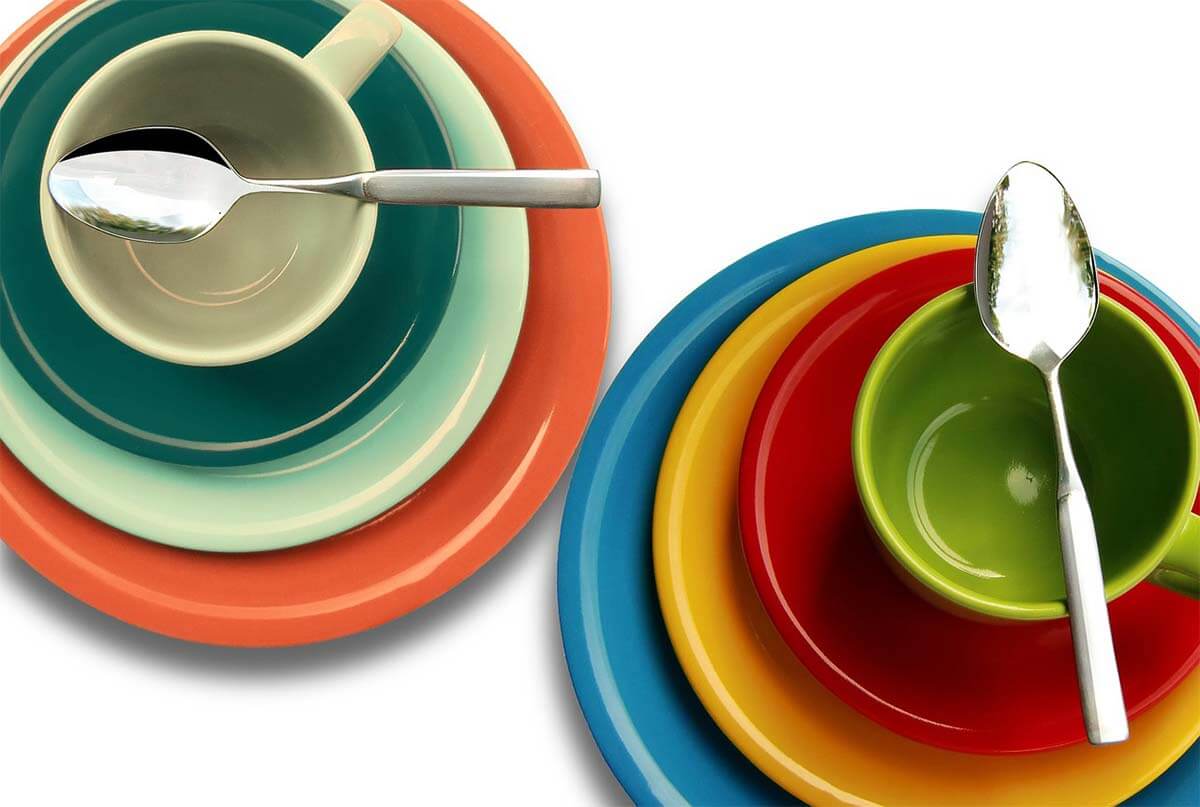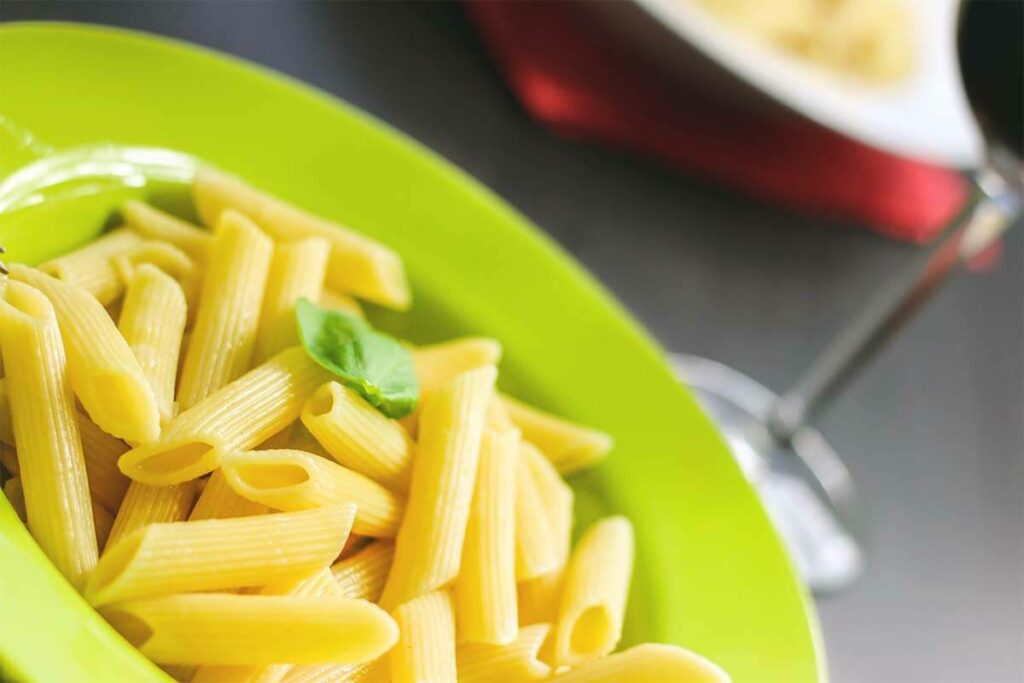Health
Your Plate Can Also Be Your Eating Guide | Possible
Apparently how much food we serve ourselves also depends on the plate size and color.
So the question is whether you are over-serving yourself at meals without even knowing it. Let’s remedy this, shall we?
Does eating in a large plate translate to large waist size?
Some studies have established that the size of your plate determines your serving behavior.
In other words, larger your plate, more food you tend to portion out for yourself.
This is referred to as the Delboeuf illusion, which proposes that when a circle is surrounded by a large outer circle, one perceives it as smaller than when the same circle is surrounded by a small outer circle.
It simply means, the more blank space there is around the circle, the smaller it appears.

So in the context of food, let’s suppose you’re pouring soup into your bowl. The diameter of the amount of soup you’ve poured into the bowl will appear smaller if you’ve selected a very large bowl.
This perception may urge you to pour yourself more soup than you originally intended to.
And why do we overeat when we are served larger portion sizes? Simply because we’ve been taught to clean up our plate!
Did you know that just from a 12 inches plate to a 10 inches plate cuts down your food consumption by 22%
But don’t feel bad, you have also been influenced to eat larger portion sizes without your knowledge – bigger popcorn tubs at the movie theaters, larger bottles of carbonated beverages (party packs apparently!), larger portions in restaurants or even larger packages in grocery stores.
We have all reached out to those packets that say 10 or 20% extra for the same price of the usual version. But did you realize that you still probably consumed the whole packet – do you see where we tend to overeat?
Let’s look at the bright side of this finding. Larger plate solutions for better nutrition. What do I mean by that?
As a general rule-of-thumb, the size of dinnerware should vary proportionally to what is being consumed—small plates for starchy entrees and large plates for salads.
Color, color, which color do you choose?

The color contrast between the plate and the food, and between the dinnerware and table/tablecloth/placemat also affects the amount of food consumed.
One tends to eat more when there is less contrast between the color of the food and the color of the plate on which it is served.
This is because it’s harder for the brain to perceive how much food is consumed and how much is left on the plate.
Furthermore, toning down the color-contrast between the dinnerware and the table/tablecloth/placemat helps reduce over-serving.
Another aspect of the color of the plates, dinnerware or the place we are dining is that certain colors (like red and yellow) stimulate hunger and some colors (like gray, brown, black and blue) act as appetite suppressants.
But bear in mind that it is difficult to link perception of serving size and consumption to one single psychological process, there are many other factors – all acting at the same time.
